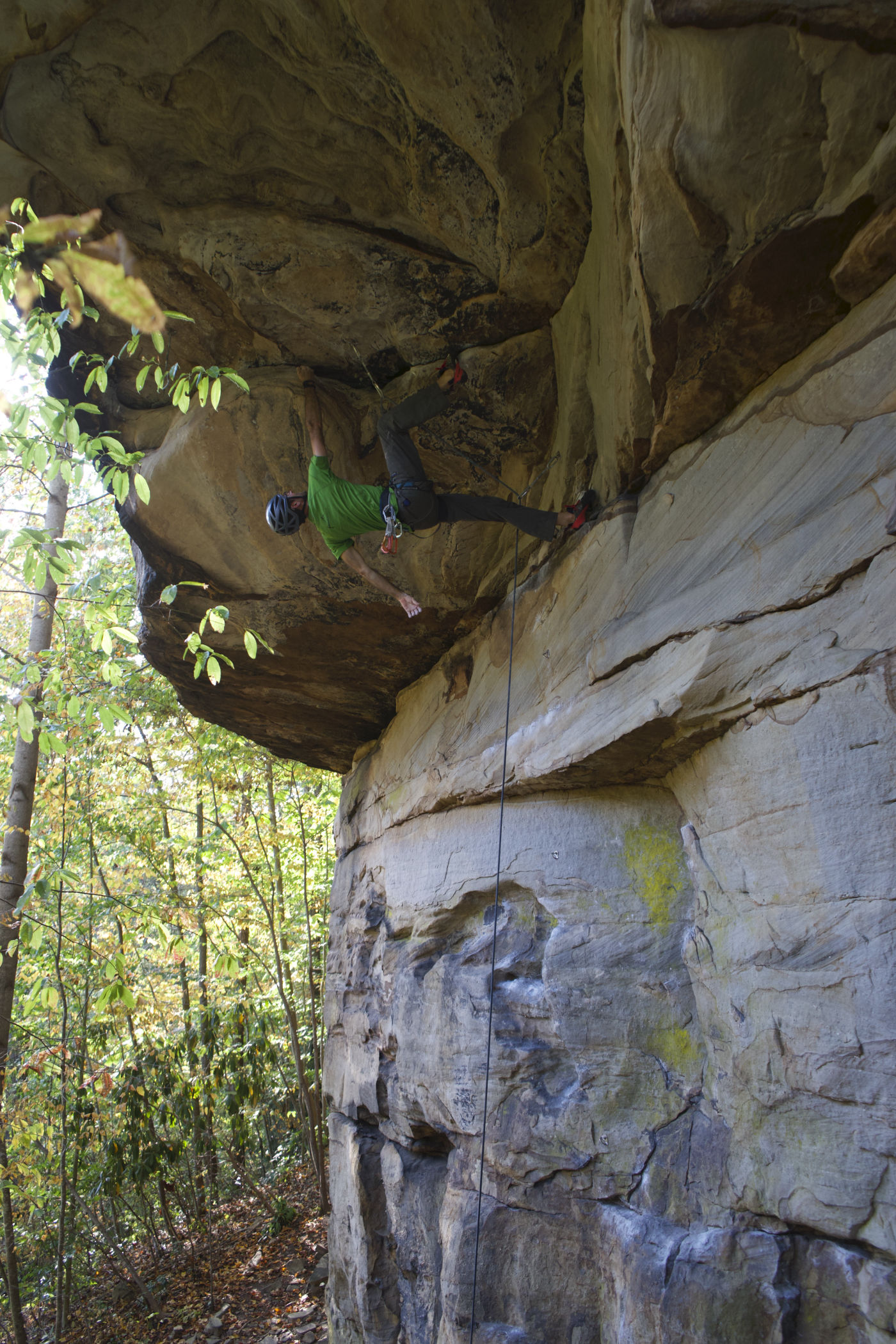This is the second part of the series discussing common communication breakdowns in a climbing environment. In the first column, the focus was on the “lost in translation” event that can occur when a search and rescue team is not familiar with the user group terminology, in this case, rock climbers. This column changes focus and looks at one of the most common times for miscommunication between a climbing team – at transitions, usually from ascending to descending a route.
While there are a number of situations that can cause a breakdown of communication while climbing, a common issue that can result in injury occurs at transition points, usually when a climber reaches an anchor and prepares to descend (lower, rappel, walk off). Having and communicating a plan for transitioning from ascending to descending is a must, whether on a single pitch climb or a multi-day big wall climb. As with everything in life, plans do sometimes change, but by confirming to your belayer whether you plan to be lowered, rappel, or walk off before leaving the ground, the potential for miscommunication between climber and belayer is reduced, as is the potential for injury.
This is important even in a single pitch environment where the climber and belayer are able to see and speak to each other. Anyone who has been at a popular crag, like the Black Corridor in Red Rock Canyon, NV, any wall in Muir Valley (Red River Gorge, KY), Orange Oswald in Summersville, WV, or any climbing gym understands the difficulty of communicating with a climber due to other climbers, animals, wind, rain, rivers, ocean or in the case of the climbing gym, techno music!

Photo courteous of: Mark Pugeda
An incident that occurred in Vermont in 2017 and included in this year’s ANAC is a tragic example of the consequences of a communication failure at this transitional stage. As with almost every one of these cases, a clearly communicated plan between climber and belayer would have prevented this death.
So, what can be done to prevent incidents like this in the future? Better communication.
BEFORE LEAVING THE GROUND:
- Communicate a plan – lower, rappel, or walk off
- Check that you have the needed equipment to execute your plan
- Check knots and belay device
AT THE
ANCHOR
- Use concise and proper climbing commands to reduce confusion. Some are universal, while others are not. Whatever you decide to use, ensure that all parties know their meanings!
- If at a crowded crag, use the climber and belayer’s names to prevent confusion with other parties
- Belayer: if in doubt, DON’T take the climber off belay until you can confirm
- Climber: TEST your system before committing. This goes for both rappelling and lowering. Make sure that you have rigged your rappel device properly before coming off the anchor to rappel or that your belayer has you ‘on belay’ with a tight rope before removing your anchor set-up if lowering.
IN A MULTI-PITCH ENVIRONMENT
- Use the techniques mentioned above
- Research the route and identify possible areas of difficult communication (i.e. big roofs, around corners, on blocky terrain)
- If possible, choose belay stances and alter lengths of pitches to maintain good communication
- Consider visual commands. This is something that I practice often with my climbing partner and wife, Deb, as I have a hearing impairment and winds often negate my ability to hear. We use visual commands in conjunction with verbal commands regularly and it has become our standard.
OTHER THOUGHTS TO CONSIDER
- Depending on the terrain, consider using other forms of communication to include rope signals. Search and rescue sometimes use these when a member of the rope team is out of sight
- Use of two-way radios. These can be very helpful in windy conditions, on long routes, or in rescue situations.
- A number of climbers I know carry a whistle when on expedition or in a remote area to use to communicate. Again, these can be helpful on long routes or windy conditions.
- When communicating to your climbing partner always direct your voice towards them. This will help in clarity and reduce confusion.
- Use what the military describes as a “command voice.” Command voice is simply a loud, distinct, and clear enunciation of instructions or commands.